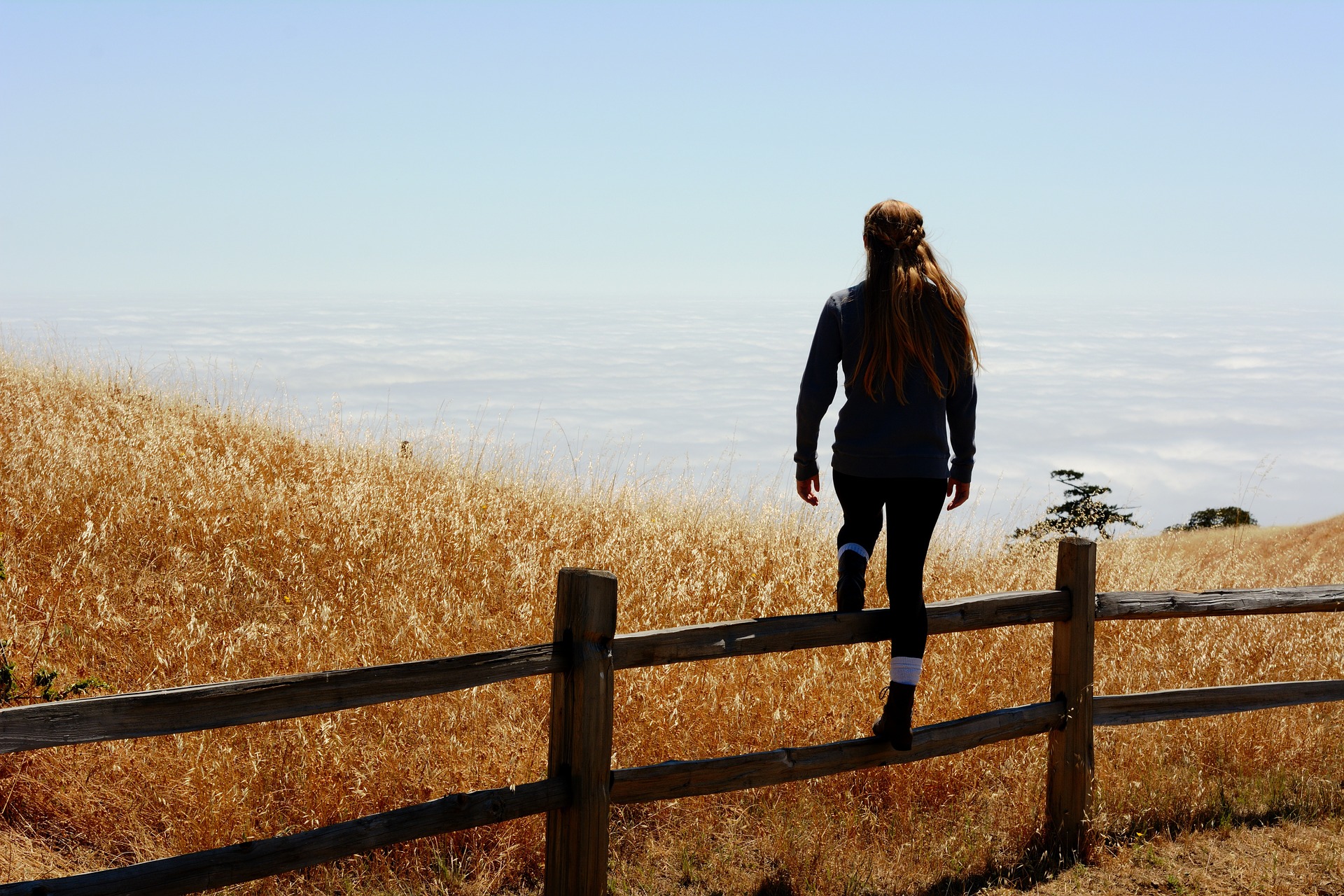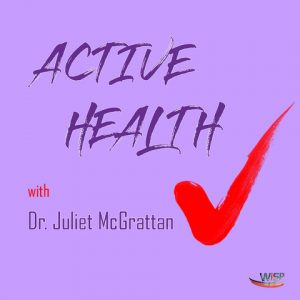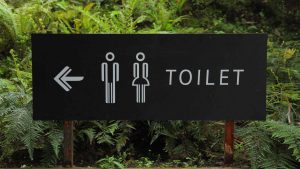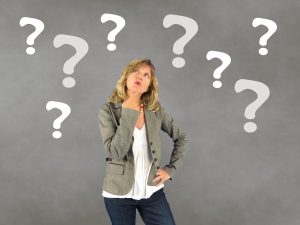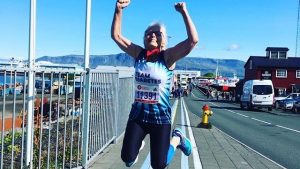Varicose veins, a common condition that you might have diagnosed yourself or seen your doctor about. What are varicose veins, why do they happen and how do they link with exercise? Can exercise prevent varicose veins and if you’ve already got them, will exercise make them better or worse? What do you need to be careful of when exercising with varicose veins? I thought I’d pick this for my latest #quickquestion.
What are varicose veins?
If you don’t have them yourself then I’m sure you’ve spotted varicose veins on other people, usually on their legs. They’re essentially swollen blood vessels seen at the surface of the skin. They’re dark blue in colour as they contain blood that has given away its oxygen (deoxygenated blood) and is on its way back to the heart to get some more. They can be small or large, straight or very wiggly. They might not cause any discomfort at all but it’s common for varicose veins to ache, throb, itch and even bleed.
Why do varicose veins happen?
Our blood vessels are a bit like roads. The arteries take blood away from the heart, the aorta, the largest artery in the body, is a motorway, wide and fast flowing. The ‘A’ roads branch off it and then they in turn narrow down to ‘B’ roads. The veins bring blood back to the heart, the quieter and slower flowing roads feeding into the bigger ones until you’re back on the northbound motorway with the heart as the end destination.
We all know what happens when there’s roadworks closing a lane on a motorway or there’s an accident blocking the flow of cars. Yep, a great big traffic jam! You move at snail’s pace and there’s an ever increasing number of vehicles building up behind you. Well, varicose veins are essentially a traffic jam.
There are several reasons why jams might occur in veins:
- Traffic flow measures aren’t working. Veins have valves in them which ensure that blood only flows in one direction, back to the heart. If the valves stop working properly then some vehicles try to go southbound on the northbound carriage way! The valves can be weakened in people who are overweight or spend a long time on their feet. Female hormones relax the walls of the veins making varicose veins more common in women, particularly during pregnancy and the menopause. Age weakens the valves and there are genetic factors that can make you more likely to get varicose veins too.
- The traffic’s moving very slowly. The blood in our veins needs a helping hand to push it back up the body, it has to move against gravity and this is partly provided by our lower leg muscles acting as a pump. If the pump isn’t working then the vehicles just don’t have the momentum to keep moving forwards. Spending a prolonged time sitting or even standing still will reduce the venous pump and lead to pooling of blood.
- There’s a road block. The traffic may come to a standstill or only move very slowly if there’s a blockage in the road as it squeezes into one narrow lane. A good example is a growing baby bump during pregnancy, it puts more pressure on the veins as they enter the pelvis. Rarer causes that can reduce the flow of blood in the veins include tumours in the pelvis and blood clots which block off the veins resulting in blood building up behind them.
Exercise and varicose veins
You can see from the causes that exercise is important to reduce the likelihood of varicose veins occuring. It helps to keep our weight to a healthy level, ensures the venous pump works frequently and generally boosts our circulation. If however you have developed varicose veins, then there are some things to bear in mind when it comes to continuing your exercise:
- Don’t stop exercising. Regular exercise is an important part of treatment. Sitting or standing still is known to increase the risk of varicose veins.
- Walking is great. Walking is a perfect, low impact exercise that will get your venous pump working. It’s free, convenient and can be squeezed into five minutes.
- Don’t ignore symptoms. Pain and swelling suggests you’ve done too much for too long. You’ll discover your limit but you might find that endurance walks or runs are too uncomfortable in terms of aching or throbbing. Off-road walking and running can sometimes feel kinder to varicose veins.
- Take care with weights. Lifting heavy weights could increase the pressure in veins so get advice on your technique from an expert and check with your doctor if you are unsure whether you should lift.
- Elevating your legs helps. Your foot needs to be higher than your knee to get gravity to assist the blood flow, so relaxing with your legs up for a short time each day can relieve aches and swelling.
- Consider compression. Compression stockings aren’t recommended as a long term option for varicose veins unless other treatments aren’t suitable. There’s debate as to their benefits and there’s also little evidence that lower grade compression such as the compressions socks worn by some recreational runners, stop varicose veins getting any worse.
- Avoid knocks. Any significant knocks to delicate veins can make them bleed. Watch out for bike pedals, shoe studs or spikes. Don’t be alarmed. Elevate your leg and press firmly on the area until it stops; seek medical help if it isn’t easing up.
Featured image by Free Photos from Pixabay
There are more answers to questions like these and lots of health information to help you lead a happy and active life in my book Sorted: The Active Woman’s Guide to Health.Published by Bloomsbury and awarded First Place in the Popular Medicine category at the British Medical Association Medical Book Awards 2018.

Disclaimer: I can’t give personal medical advice and as always with health advice, reading something online doesn’t replace seeing your doctor who knows your medical history and can assess you in person. So, if you are unsure then always seek the opinion of a health care professional.

